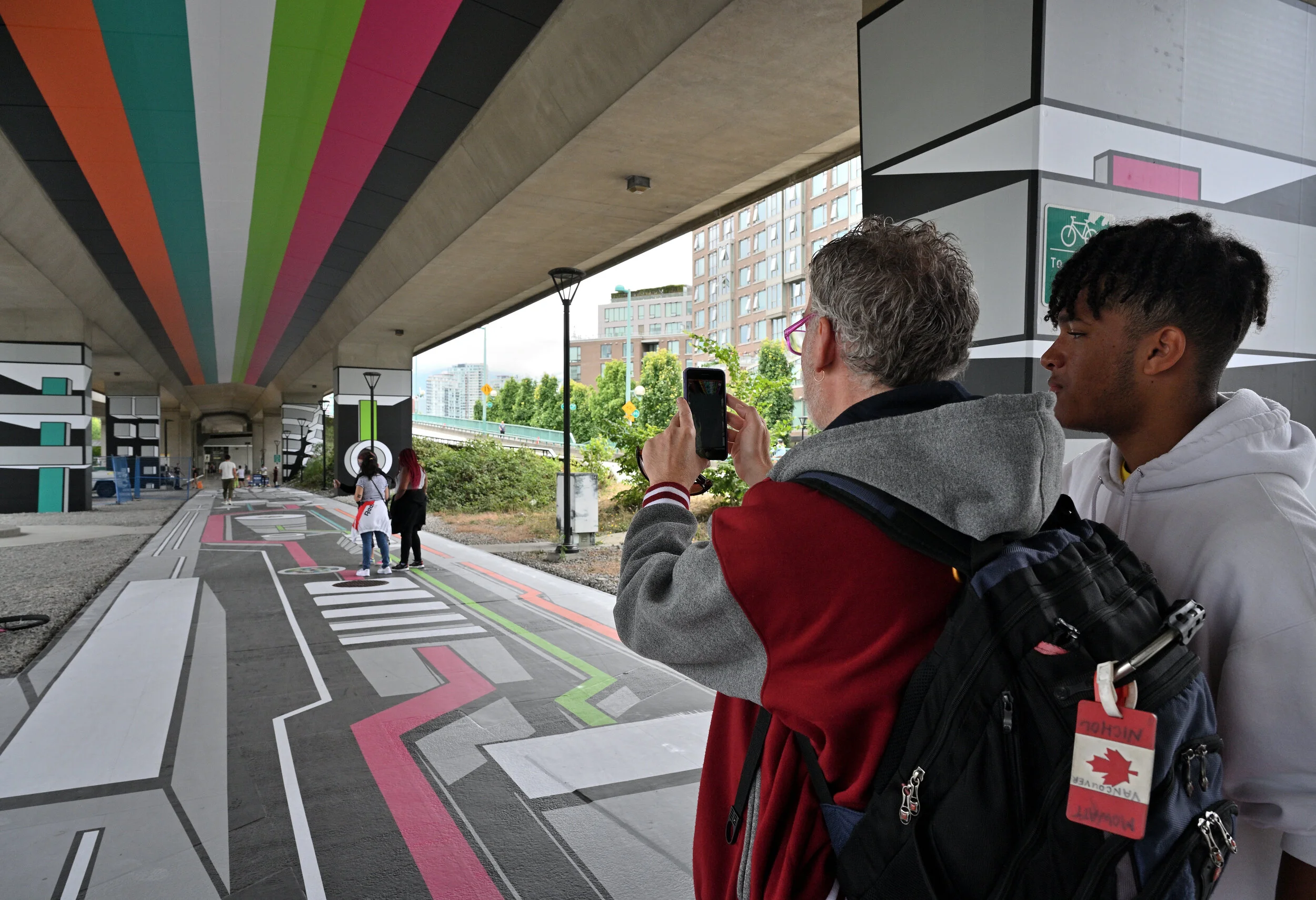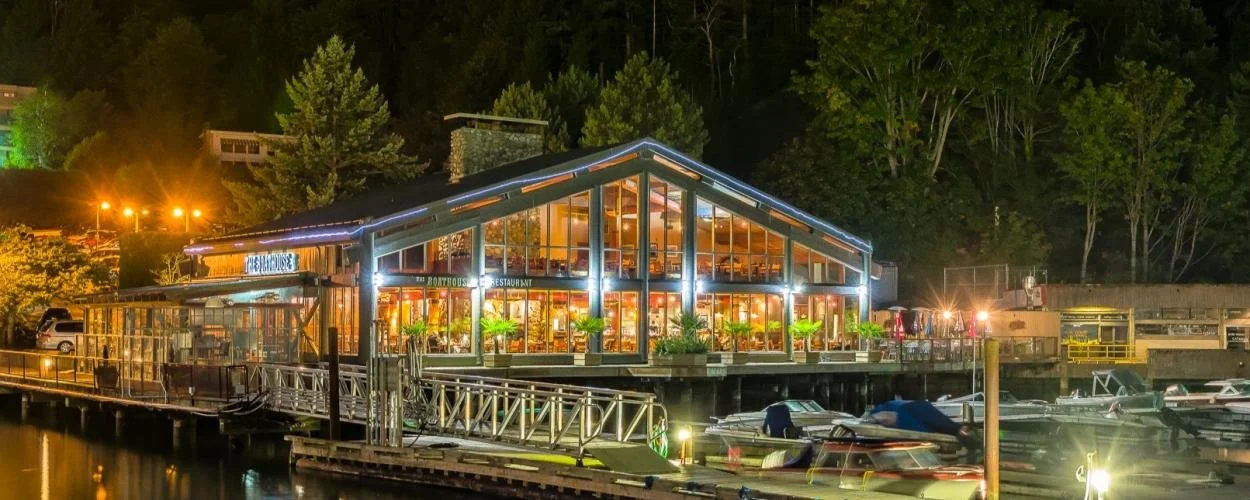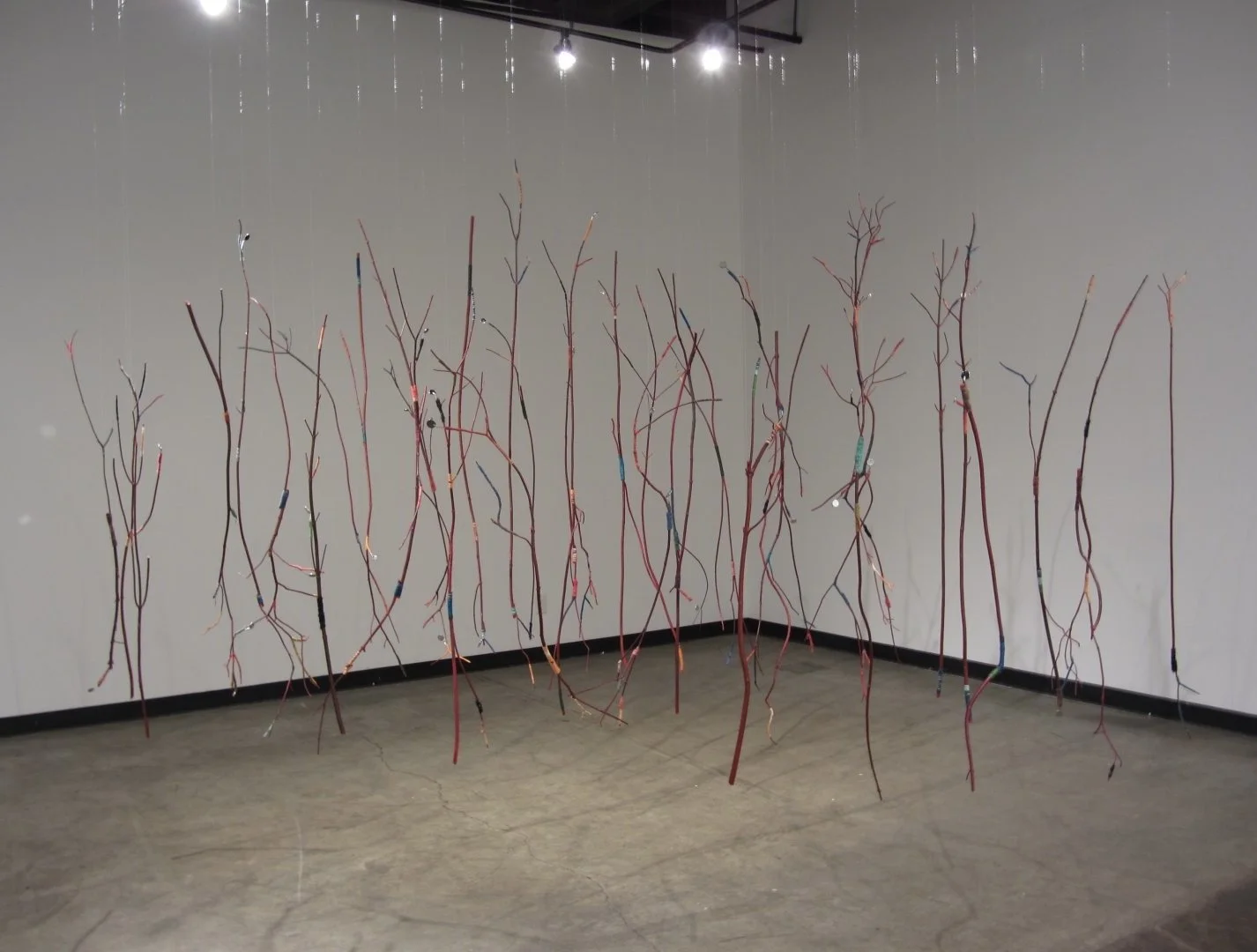Jessica Angel merges worlds of blockchain, augmented reality, and art in Voxel Bridge
Via an app, the Vancouver Biennale artist’s 19,000-square-foot installation under Cambie Bridge immerses you in a digital wonderland
Jessica Angel strives to “bridge” the physical and digital worlds in her new Voxel Bridge. Photo courtesy Jessica Angel
IT’S BEYOND FITTING that Jessica Angel’s groundbreaking new blockchain-based artwork should be located under a bridge.
That’s because the Colombia-born, Brooklyn-based contemporary artist has spent much of her career crossing between the worlds of science and technology, philosophy, and art.
Her installation under Vancouver’s Cambie Bridge for the Vancouver Biennale is by far her largest in scale. Three years in the making and involving an international team spanning Canada to Moscow to Berlin, Voxel Bridge is a 19,000-square-foot two-dimensional mural of circuit-board-like designs that is heightened by a vivid augmented-reality world through the use of an app.
The artist uses live blockchain data as a creative tool, allowing people to see it live through the artwork.
”When I went to art school I kind of started to get into philosophy and science as kind thinking about knowledge as a whole. So my whole research has to do with knowledge—art, philosophy, and science,” the affable artist tells Stir from home in Brooklyn. “I think of art as this glue, where you can bring science and philosophy together.
“With blockchain, the beauty of art is that it can be a beautiful way to look at it from an experiential perspective rather than a complex, technical, cerebral one,” she continues, “It’s a way to bring it to the masses in terms of experience. I want to use art as a catalyst to bring ideas that are a little complex to the masses.”
The artist, who took part in Vancouver Biennale’s Artist Residency Program in 2018 and 2019, had been creating art around computer code when she started to enter the world of blockchain—a new way of storing data in a secure, decentralized network where no single person or group has control over information. Its pending influence on our world cannot be overstated; as Biennale founder and president Barrie Mowatt puts it, “It will replace everything we have and know in terms of security systems.”
Photo by Nicole Wild.
As much as Angel works to demystify it and educate people around it, she also wants to celebrate the possibilities of blockchain.
The inspiration goes back to her interest in knowledge and how it’s at the core of how we perceive the world, she explains. She points to the Middle Ages, when the concept of truth was radically different from what it is today.
“The blockchain community was a revelation—it was so vibrant, and distributed across the world,” she enthuses. “It was all these groups with a lot of activity and sharing; because it’s based on open-source code, everything created is of free use and it’s developed on a community basis.
“The ethos behind blockchain is a social paradigm change that is something worth exploring and understanding, because it is radically going to change the informational rules—we’re going to see the world differently,” she says, echoing Mowatt. “When it comes to the power of who collects information, right now we’re used to centralized power; we are seeing the negative influences of big data and censorship. Blockchain is decentralized and belongs to the people—there’s not an authority that acts as a middle man between us.”
Eager to work more with blockchain, Angel started creating her own community of artists and developers. Called #ArtProject, it was an initiative to bring the art and blockchain communities together to foster art creation, experimentation, and fundraising. She curated #ArtProject2020 Vancouver Biennale Art + Tech Expo, a five-day virtual conference that gathered leading minds in the NFT space and demystified the world of crypto art.
For this massive public artwork, she worked closely on the tech side with groups like Spheroid Universe and the Kusama Network. But as with smaller art projects where she’s working with blockchain and code, she started Voxel Bridge with a handmade maquette. As the artist puts it, “It’s important for me to narrow the gap between what we believe to be digital and what we believe to be physical.”
With the help of engineers, she expanded those designs into a vinyl overlay that covers the walkway, columns, and underside of the Cambie Bridge. When you scan certain markers with your phone or iPad (Mowatt strongly recommends the latter for the full experience), you can trigger 20 interactive AR animations. Along the way, you can also learn the history of the Kusama Network, the public platform where any developer can experiment and test new blockchains.
It’s the first art installation in the world that Mowatt knows of to show blockchain through AR in such a big, public environment.
Photo by roaming-the-planet.
It also happens to look very cool. While the geometric designs play with and skew perspective in real life, their lines and forms travel further, deeper, and even more mesmerizingly via the digital reality.
“What I like to do with art is find the pattern between something completely hand-created and the digital—and show that they’re not that different,” Angel says. “They’re expanding on the same systems. I’m extending the physical into the virtual in a really cohesive way.
“I invite people to close that gap with the aid of the device they’re using and think of art as this tool that allows for the reflection of other subjects,” she says. In this case, it will give even the least technologically inclined the chance to see and experience blockchain in wildly visual new ways.
















